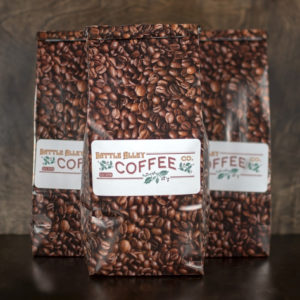There are a lot of steps to making a great cup of coffee. The fruit of the coffee plant has to be picked, the seeds separated, then washed, dried, roasted, ground, and brewed before it’s ready to drink. Each of these steps can have a huge impact on the cup’s final flavor. When we at at Battle Alley Coffee serve you whole, unground beans, we are in charge of the just the roasting process. And just one of the many variables in the roasting process is the roast level.
When we buy coffee from our suppliers, in comes it’s dried state after picking and washing and is green in color. You’ll often hear un-roasted coffee called “green beans”.
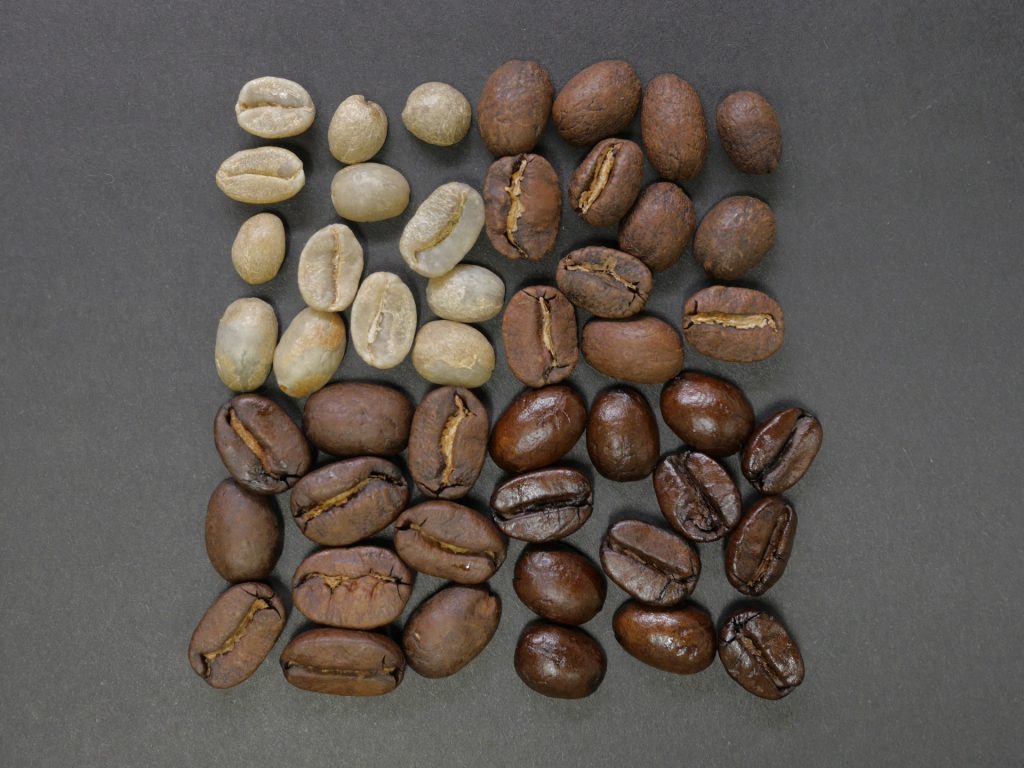
Roasting coffee involves heating the beans at an increasing rate over a period of time. There are hundreds of variables in the roasting process, but the roast level is the amount of time that the beans stay in the roaster. Going from a lower roast level to a higher one can result in two completely different cups of coffee. There are four main roast levels: City, Full City, French, and Italian. There are more specific roasting levels, but these outline the broad categories.
Unlike sensations like color or touch, we don’t have a common language for defining complex flavors, so let’s quickly define two terms to help us explain what happens during roasting:
Body — The perceived thickness or “weight” of the coffee. Coffees with low body are described as “water-y”. Body is not a taste, but the feeling of the liquid on the tongue.
Acidity — Not to be confused with bitterness, acidity gives a coffee “juiciness”, like biting into an apple. Coffees with larger amounts of acid often have fruity or floral flavors naturally mixed with the coffee flavor. Acidic coffees are often described as “bright”.
City (light)
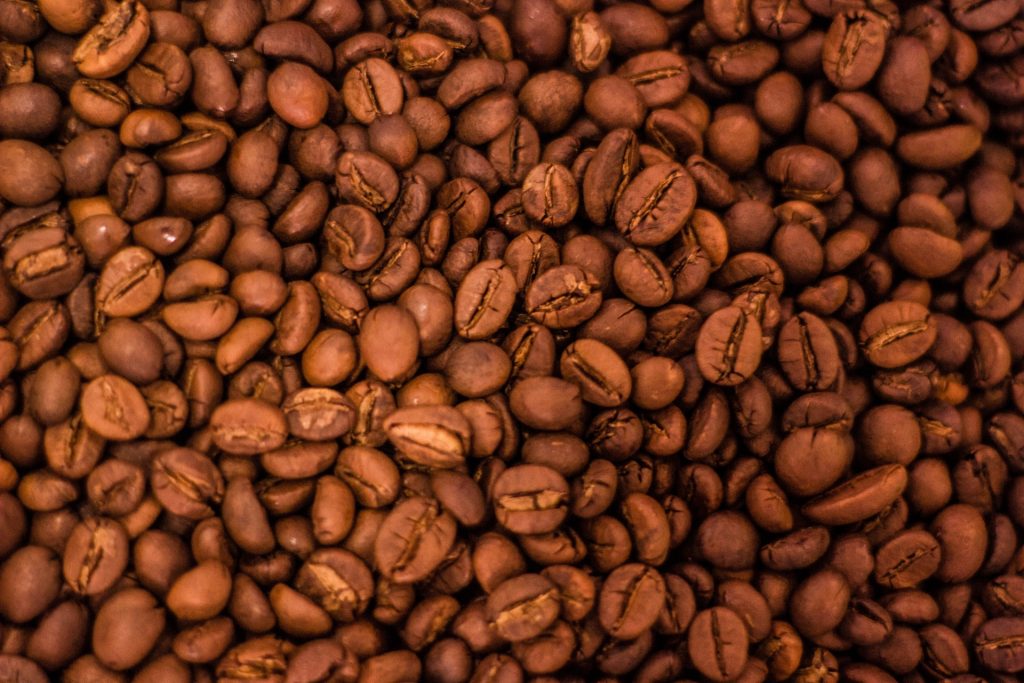
The beans have been the roaster just long enough for the “grassy” plant flavors to disappear and the coffee flavor to come through. City roasts are light brown and have no oil on their surface.
Flavor
City roasted beans have the most acidity and the least body. The low amount of body can lead people to believe that the coffee is “weak”. This is a misconception. Lighter roasts actually have more caffeine than darker roasts. A coffee’s bitterness has nothing to do with its caffeine content.
City roasts produce flavors that most coffee drinkers have never tasted in a cup without artificial flavors before. For example, City roasted Ethiopian beans can have a blueberry or dry wine taste. City roasted Guatemalan beans give a floral flavor. The lighter the roast, the more you will taste the unique flavors of a specific type of bean. City coffees often exhibit many different complementary flavors at once, which is why many describe these roasts as “complex”.
Full City (Medium)
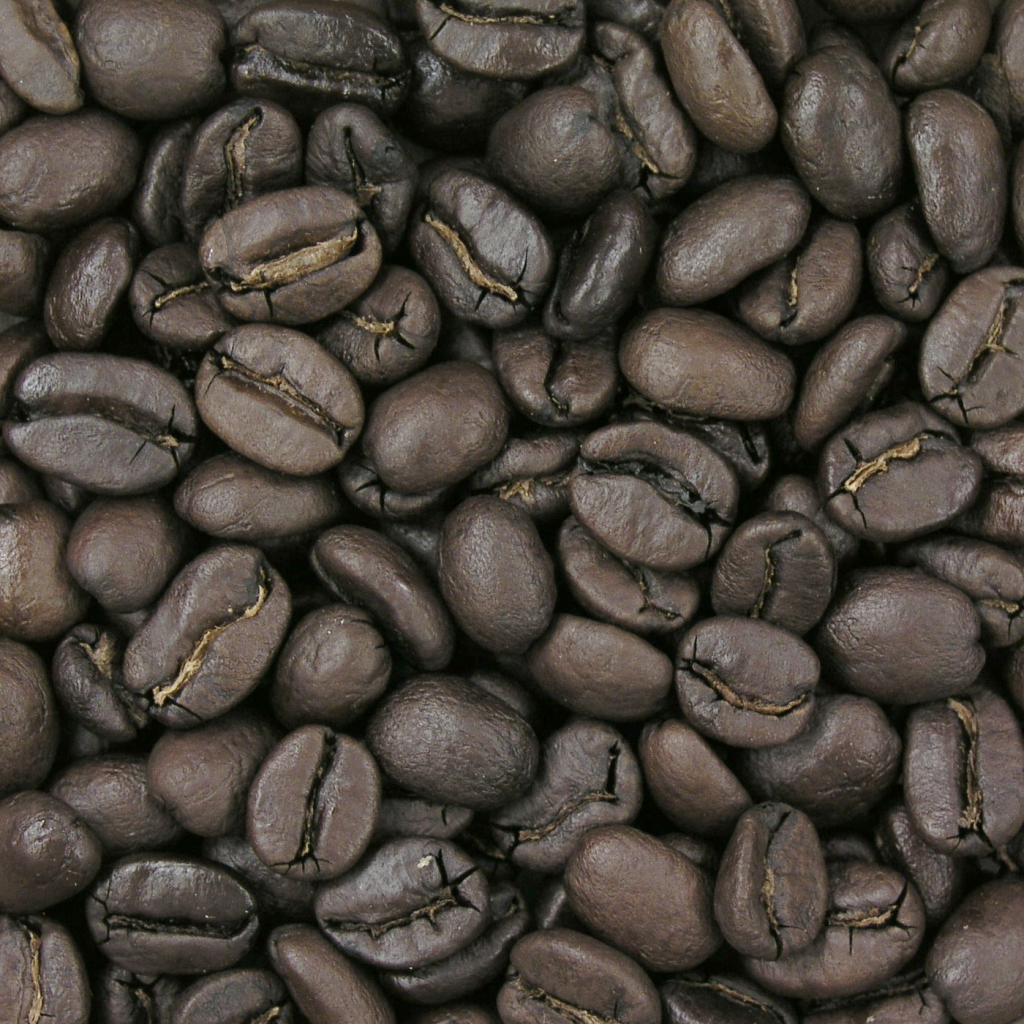
Full City beans are darker in color. Almost all of our coffee at Battle Alley Coffee (which can be purchased here) is roasted to Full City as it’s offers a more noticeable flavor than most coffee drinkers are used to while still being liked by the majority of people.
Flavor
Much more body than the City roast. Depending on the beans used, sweet flavors start to appear along with spicy nutmeg or cinnamon flavors. Some bitter flavors also start to appear. For example, Full City roasted Sumatra beans give a full body with earthy and spicy flavors.
At this point, the acids which gave the unique floral or fruit flavors in City roasts have been destroyed by the heat.
French
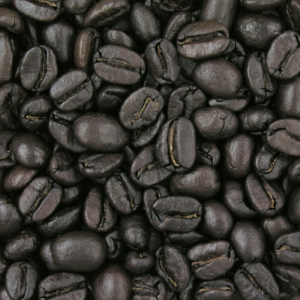
Contrary to popular belief, “French Roast” is not an flavor of coffee but is instead a roasting level. French roasted beans appear shiny as they are covered in oils from the chemical reactions in the beans.
Consumer level coffees like Folgers or Maxwell House are usually roasted to French. Typically, this is due to the fact that almost all beans roasted to French taste the same. Therefore, larger companies can get away with using many different kinds of beans in a single batch, which is often cheaper than single sourcing. Also, the uniform flavor can help cover for cheaper beans.
That’s not to say that there’s no reason to roast to French. Bitterness is a flavor many enjoy in their coffee. But not all French roasts are created equal.
Flavor
Heavy body and bitter. French roasts give a typical “coffee flavor” and all of the unique flavors from the type of beans used are gone.
Italian
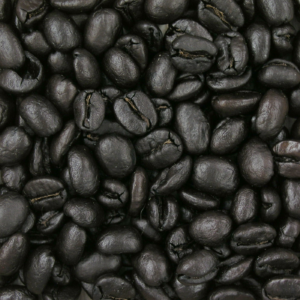
Practically burnt. Imagine coffee that’s been sitting on your office’s coffee heater for 5 hours and you have a pretty good idea of what Italian roast tastes like. Weak in body, bitter, and smoky.
If you’d like to try one of our coffees at a particular roast level, just ask and we’ll do our best to accommodate your order.
Attributions:
Photo of different roast levels by nousnou iwasaki on Unsplash
Photo of city roasted beans by Kurniawan Adhi on Unsplash
Photo “Typical Brazilian coffee at 440° F, or Full City roast” By Dan Bollinger – Own work, CC BY-SA 3.0, https://commons.wikimedia.org/w/index.php?curid=15546150
Photo “Typical Brazilian coffee at 460° F” By Dan Bollinger – Own work, CC BY-SA 3.0, https://commons.wikimedia.org/w/index.php?curid=15546153
Photo “Typical Brazilian coffee at 470° F, or Italian roast” By Dan Bollinger – Own work, CC BY-SA 3.0, https://commons.wikimedia.org/w/index.php?curid=15546154
